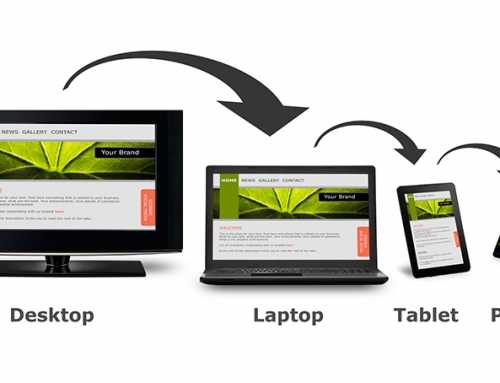The ATO has a business industry code (BIC) tool to help small businesses speed up their tax return lodgement. The BIC is a five-digit number required for tax returns and schedules. Using the correct code helps businesses avoid delays by ensuring their return is lodged in the correct category. It is derived from the Australian and New Zealand Standard Industrial Classification (ANZSIC) codes.
The BIC provides information, advice, and a comparison framework against specific small business benchmarks. “Being inside the benchmarks means you’re less likely to be contacted by us,” the ATO says on its website.
Individuals with more than one business can indicate on their tax return they are operating multiple entities, but the code will apply to the activity from which the businesses derived the “highest gross income or incurred the smallest loss”.
Businesses looking for their BIC can search by business description. According to the ATO, it works as follows: You can try typing in an exact description of your main business activity. For example, if you type ‘Poultry meat packing’ into the search box and select ‘search’, you will get the BIC ‘11120’.
If you don’t know the exact description of your main business activity or you are presented with an error message, try typing in a single key word that best describes your primary business activity. For example, if the business is abalone fishing, search under the keyword ‘abalone’ to find BIC ‘04191’.
Businesses can also search by inputting full or partial ANZSIC or BIC codes. The business codes shown in the tax return can be used by the ATO to undertake sophisticated benchmarking and data matching.
For example, if you run a cafe, the ATO will be able to collate financial information, such as profit and loss and balance sheet information from your tax return, and assess this against other businesses in this industry.





